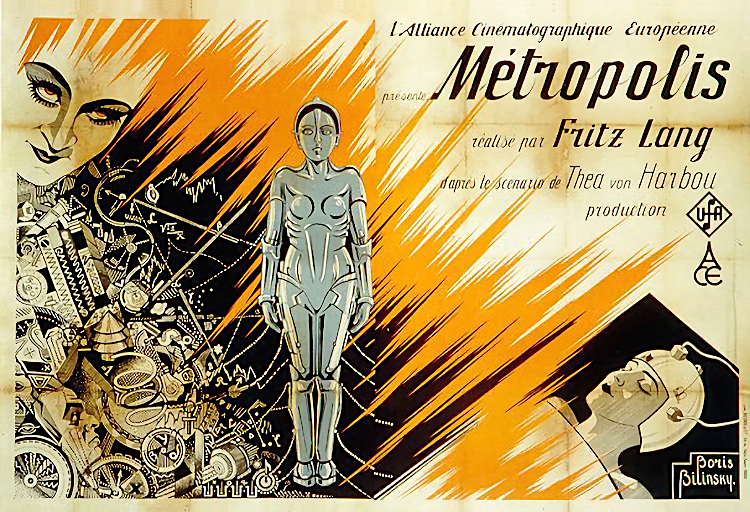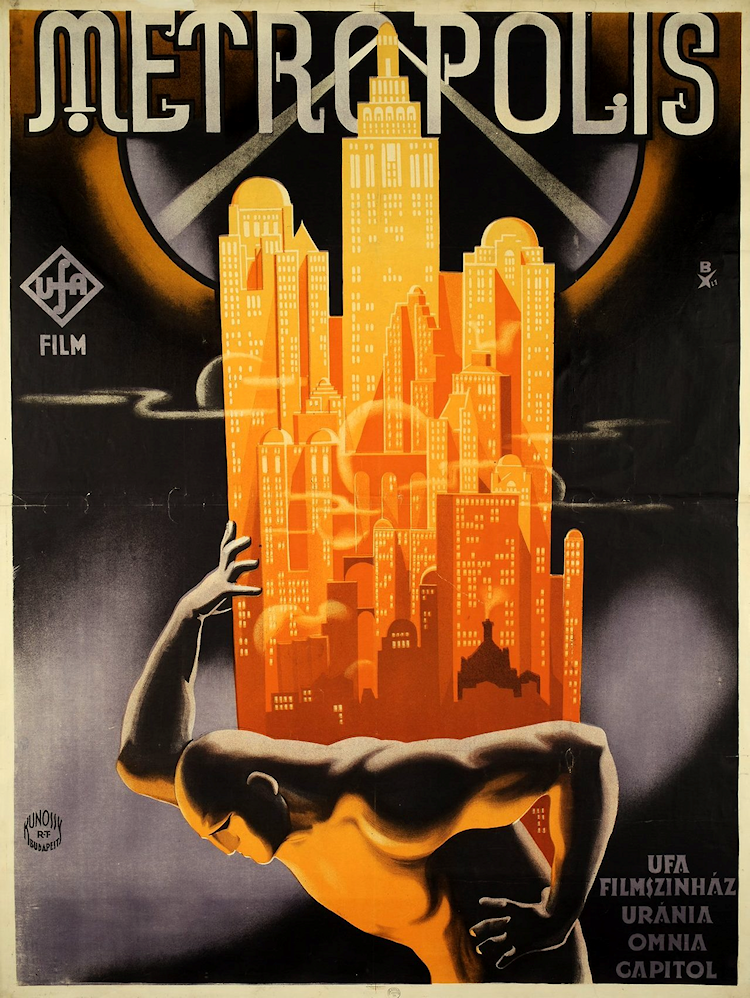Attention young artists: don’t let your day job kill your dream.
In the mid-70s, David Godlis kept body and soul together by working as an assistant in a photography studio, but his ambition was to join the ranks of his street photographer idols — Robert Frank, Diane Arbus, Garry Winogrand, and Lee Friedlander, to name a few.
As Godlis told Sergio Burns of Street Photography, “the 60’s and 70’s were great for photographers:”
The 35mm camera was kind of like the new affordable technology of the day. Like having an iPhone you couldn’t talk on. Cool to look at, fun to use. Photography was only just beginning to be considered an art form. Which left plenty of room for inventing yourself. The movie Blow-Up showed off the kind of cool lifestyle that could be had. Photography seemed both adventurous and artistic. There were obviously a million career paths for photographers back then. From the sublime to the ridiculous. But plenty of opportunities to experiment and find your own way.
Still, it’s a tough proposition, being a street photographer whose day job gobbles all available light.
Or rather, it was until Godlis blundered into New York’s late, great punk club, CBGB’s, and resolved to “take street pictures at night without a flash, and make all these people look as interesting as a Ramones’ song sounds.”
In brothers Lewie and Noah Klosters’ wonderful hybrid animation, Shots in the Dark with David Godlis, we see things fall into place as Godlis experiments with exposure times, darkroom chemical ratios, paper grade, and the streetlights lining the Bowery.
He wound up with a bracing personal style…and some of the most iconic shots in rock history.
The Klosters, who were granted full access to Godlis’ digital archive (a request Lewie Klosters likened to “asking the president for the nuke codes”), breathe extra life into this bygone scene by hand-cutting and puppeteering images of such stalwarts as The Ramones, Patti Smith, Television, Richard Hell, Talking Heads, Alex Chilton, and Blondie.
Those who inhabited the scene in an offstage capacity are also given their due, from the door attendant and the bartender with the Dee Dee Ramone haircut to owner Hilly Kristal, his dog, and the cool kid patrons packing the legendarily filthy establishment.
This seems to be a reflection of the irrepressible, and endlessly curious Godlis’ world view. As Lewie, who had 16 hours of audio interview to draw from, told the Vimeo blog’s Ina Pira:
Ken Burns could make his next 20 hour documentary on Godlis alone. If you ever bump into him, and you will — he’s everywhere all at once in the Village, ask him about some of our favorite stories that hit the cutting room floor: Jager at the Revlon Bar, the bum pissing out the window, when he was held at gunpoint in Boston, about Merv and the Heinekens, and seeing Bob Dylan window shopping. Just to name a few.
The final moments of Shots in the Dark with David Godlis are bittersweet. The filmmakers’ subject sums it up best:
Nothing lasts forever, but you also have to know what will be of interest when it’s gone.
Related Content
CBGB’s Heyday: Watch The Ramones, The Dead Boys, Bad Brains, Talking Heads & Blondie Perform Live (1974–1982)
Patti Smith Plays Songs by The Ramones, Rolling Stones, Lou Reed & More on CBGB’s Closing Night (2006)
AC/DC Plays a Short Gig at CBGB in 1977: Hear Metal Being Played on Punk’s Hallowed Grounds
- Ayun Halliday is the Chief Primatologist of the East Village Inky zine and author, most recently, of Creative, Not Famous: The Small Potato Manifesto. Follow her @AyunHalliday.













